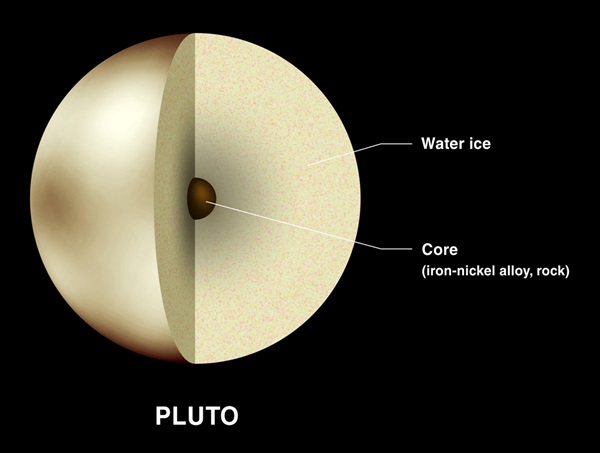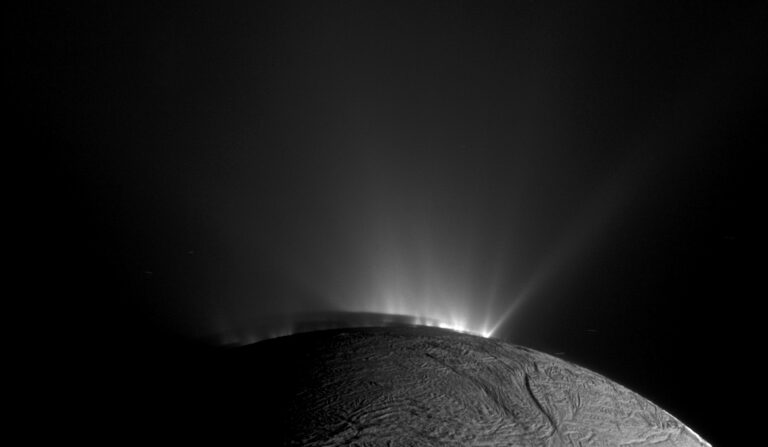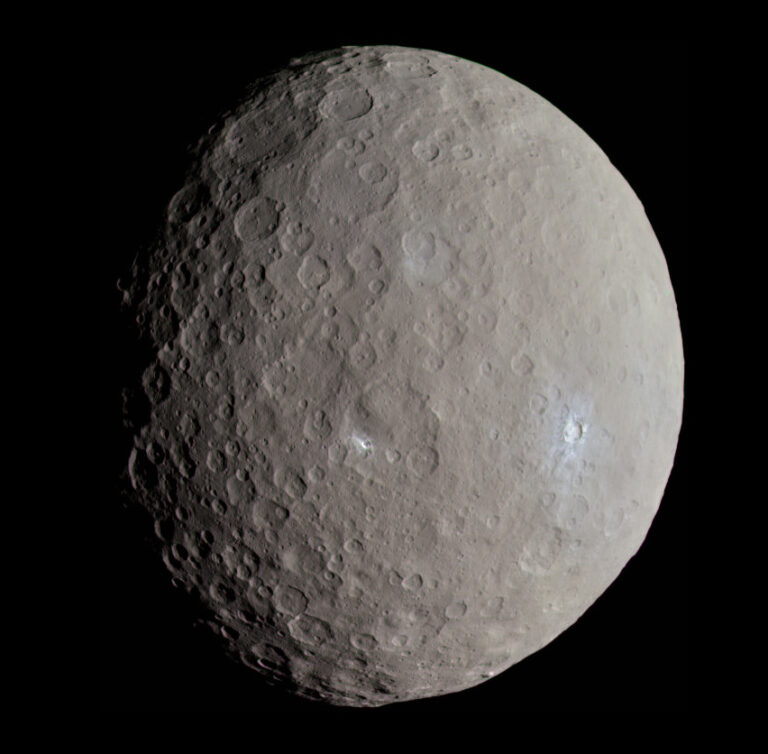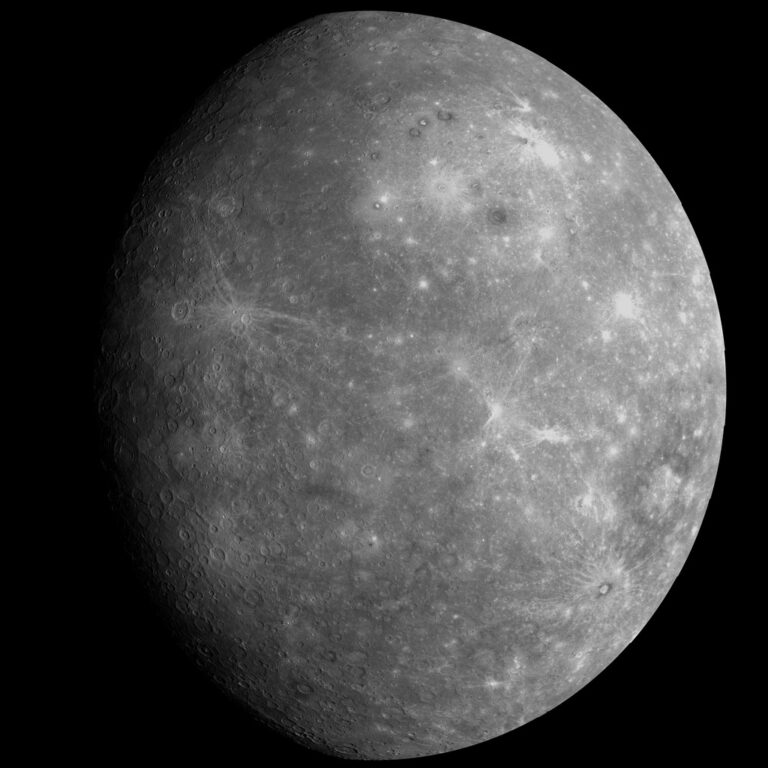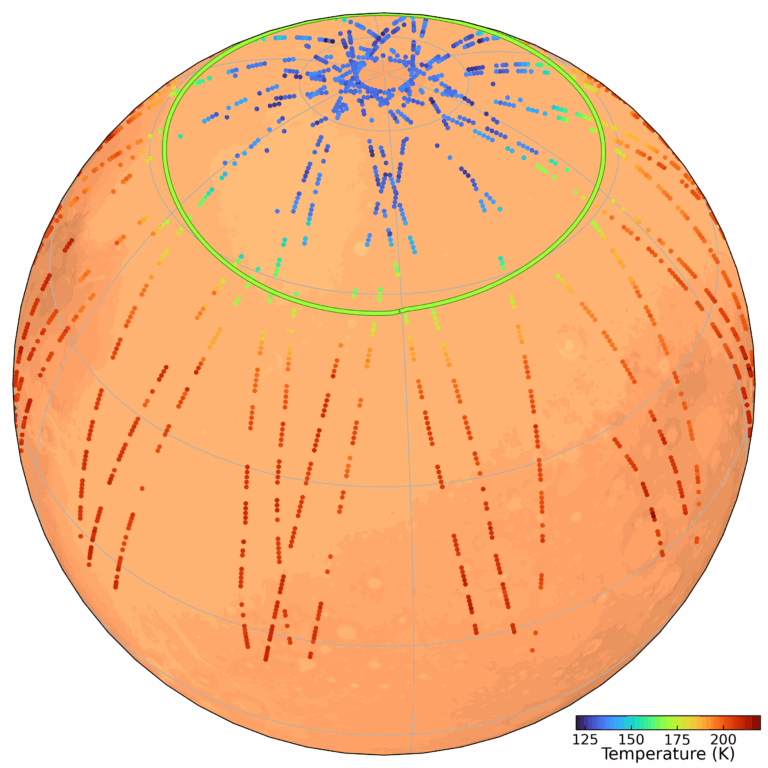Key Takeaways:
Editor’s note: A version of this story originally appeared in Astronomy’s 2007 special issue 50 Greatest Mysteries of the Universe. For a more recent discussion of Pluto’s planethood, see “An organically grown planet definition.”
Ever since Neptune’s 1846 discovery by German astronomer Johann Galle, discrepancies in its orbit suggested another planet existed far beyond it. Thus, the search for Planet X began, with “X” representing “unknown.”
Astronomers at many institutions responded, but none with the vigor of American philanthropist Percival Lowell, who determined his observatory should be responsible for finding the next new world. In 1930, an extensive search at Lowell Observatory in Flagstaff, Arizona, by the young American astronomer Clyde Tombaugh paid off when he found images of the new planet on two separate photographic plates, revealing its motion against the background stars.
 Bringing the universe to your door. We’re excited to announce Astronomy magazine’s new Space and Beyond subscription box – a quarterly adventure, curated with an astronomy-themed collection in every box. Learn More >>.
Bringing the universe to your door. We’re excited to announce Astronomy magazine’s new Space and Beyond subscription box – a quarterly adventure, curated with an astronomy-themed collection in every box. Learn More >>.
Astronomers had found Planet X, now called Pluto (after the Roman god of the underworld). However, after analyzing the new planet’s orbit, astronomers declared Pluto had too little mass to affect Neptune’s orbit. It seems the discrepancies in Neptune’s orbit arose from poor estimates of its mass. But the solar system then contained nine planets, and everyone was happy.
In 1978, James W. Christy, an astronomer at the U.S. Naval Observatory, discovered a “bulge” on a high-resolution image of Pluto and identified it as a large moon, which he named Charon. Pluto was now a double planet: Pluto itself measures about 1,485 miles (2,390 kilometers) across, Charon some 700 miles (1,127 km) across. Like Earth’s Moon, Charon has a large diameter relative to its parent planet.
The happy, nine-planet solar system began to unravel in the early 1990s, however. Planetary scientists found large numbers of objects in the Kuiper Belt, a region of the solar system beyond Neptune. These Kuiper Belt objects (KBOs), also called trans-Neptunian objects (TNOs) — a vast population of asteroids — promised to be numerous. Many thousands of TNOs probably exist (more than 1,500 have been discovered as of July 2014), and some are large bodies. Further, Pluto has a 2:3 orbital resonance with Neptune (Pluto’s orbital period is 50 percent longer than Neptune’s). Some large TNOs with the same resonances have been found and dubbed “plutinos.” The firestorm of TNO discoveries fueled a heated debate over whether Pluto itself should be considered a planet.
The “controversy” grew in the mid- to late-1990s as media picked up on the story, and editorials, television, the Internet, and other venues joined in the fracas. In 1999, Brian G. Marsden, director of the International Astronomical Union’s Minor Planet Center, the official naming body, joked that with the then-10,000th asteroid naming, Pluto should be awarded that number and given “dual citizenship” as a planet and an asteroid.
The issue seemed to culminate when, in 2000, New York’s newly opened Rose Center for Earth and Space, home of the Hayden Planetarium, categorized Pluto in one of its exhibits as a sub-planet. “There is no scientific insight to be gained by counting planets,” said the Hayden Planetarium’s director, Neil de Grasse Tyson, “eight or nine — the numbers don’t matter.”
Amazingly, the volatile response from schoolchildren across the United States indicated the number did matter. Upset by Pluto’s apparent demotion, they campaigned hard against any such nonsensical thoughts.
The whole issue raises the question of what exactly makes a planet? The word comes from the Greek for “wanderer,” and the modern definition depends somewhat on the emphasis placed on an object’s size, orbit, or origin. Under the argument that any body large enough to be spherical under its own gravity should be a planet (at a diameter of about 200 miles [320km]), Pluto would be counted as a planet — as well as moons like Ganymede, Titan, Earth’s Moon, and the largest asteroids.
The discovery that Pluto is a wandering TNO and that many similar bodies exist argues against its status as a major planet. Since 2002, large TNOs named Quaoar, Orcus, Sedna, and Eris have been found — Eris, at least, may be larger than Pluto.
Pluto’s planetary death blow came August 24, 2006, on the final day of the International Astronomical Union’s meeting in Prague. The remaining 424 members voted to strip Pluto of major-planet status and place it in a new category — dwarf planet.


